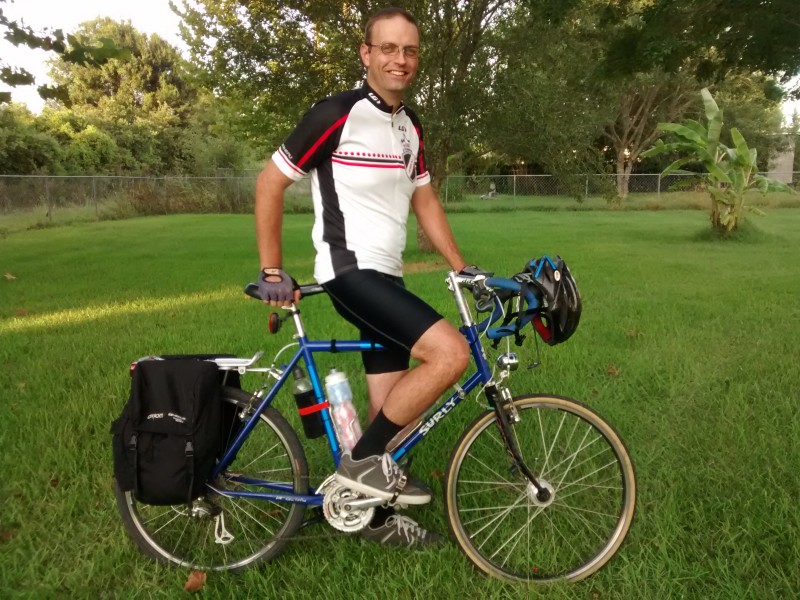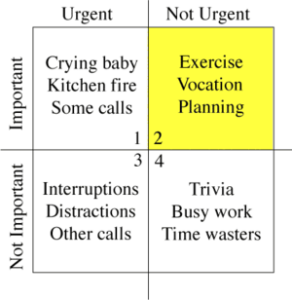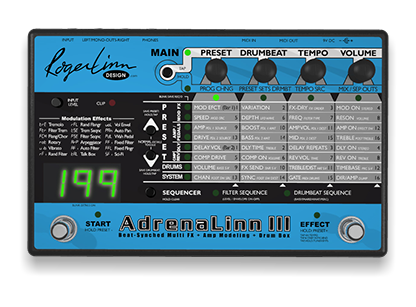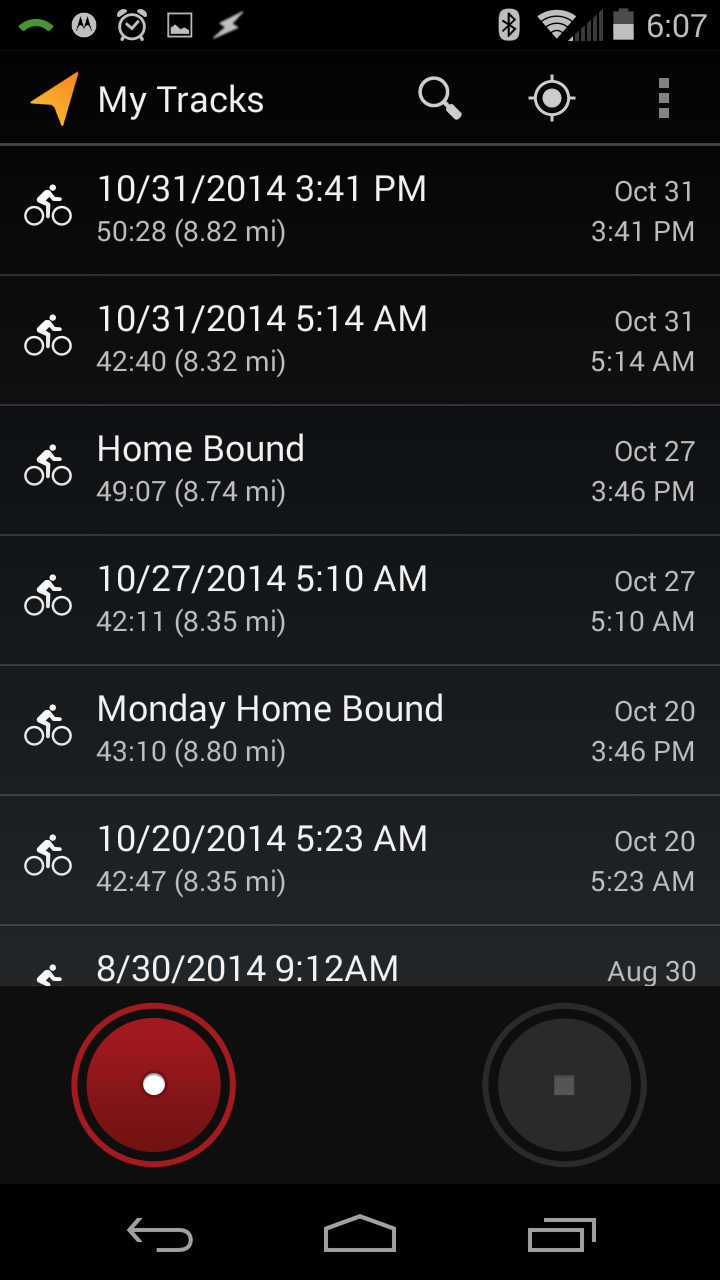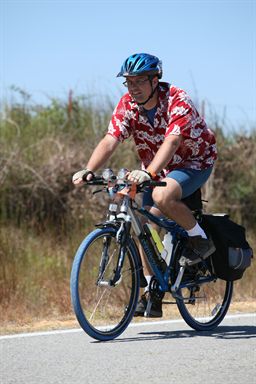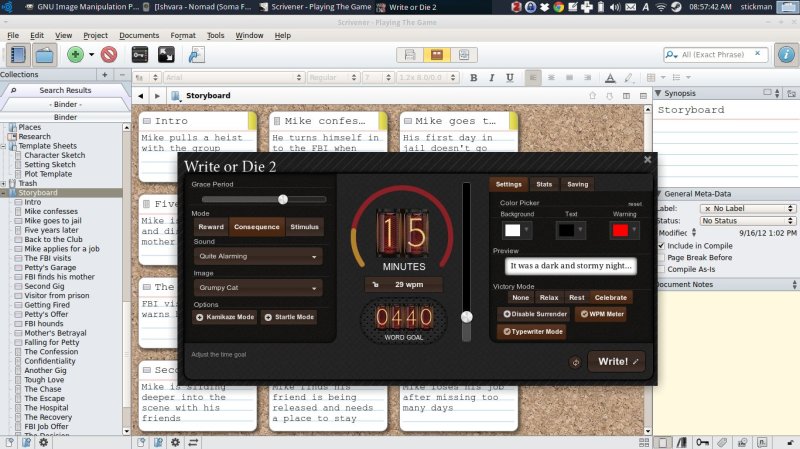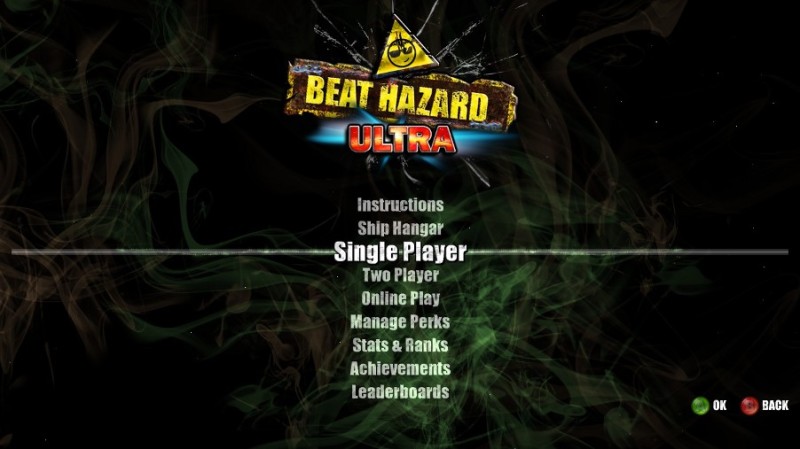As part of my Constant Struggle To Simplify, I wanted to track my cycling miles without having to jump through hoops or do anything crazy. Up until recently, I was using Endomondo to track miles (and before that I used MapMyRide). These programs promise all sorts of features; social commentary, audio coaching, ANT+ and Bluetooth connectivity, route planning, etc. etc. But really, I found I didn’t use any of these extra features. I just wanted a simple, automated way to track my mileage that I could keep in digital form. And with Endomondo’s recent feature creep I was having to tap 3-4 menu items just to get to where I could record a ride! Nothing wrong with my Cyclecomputer, either, but I like analyzing numbers and stats.
Keeping with my wanting to use Tasker to automate stuff, I found a Tasker Plugin that allows it to start and stop Google MyTracks recording. MyTracks doesn’t have all the fru-fru social stuff, but it supports ANT+ and Bluetooth if I decide to go that route later (and Tasker can automatically connect to them). Plus it automatically syncs with Google Drive, so the potential for 100% complete automation is there. Let’s get busy!
There’s a couple of plugins I use to do this: AutoActivity, and the MyTracks Tasker Plugin.
AutoActivity is a service that runs in the background that guesses what you’re doing (walking, cycling, driving, still) based on GPS and inertia input, and assigns it a “confidence” score percentage of how sure it is you’re doing that. You can use it both as a trigger (i.e. “when you detect me driving, do this”) or an active variable (i.e. “Do this only IF activity=xxx”)
Tasker is so ridiculously flexible, it takes some playing around to figure out the best way to accomplish something. Sometimes the “best” solution isn’t immediately obvious. This is definitely the case with this problem. So, let’s look at what we want to accomplish, and how we can go about it. Continue reading “Tasker And MyTracks”


